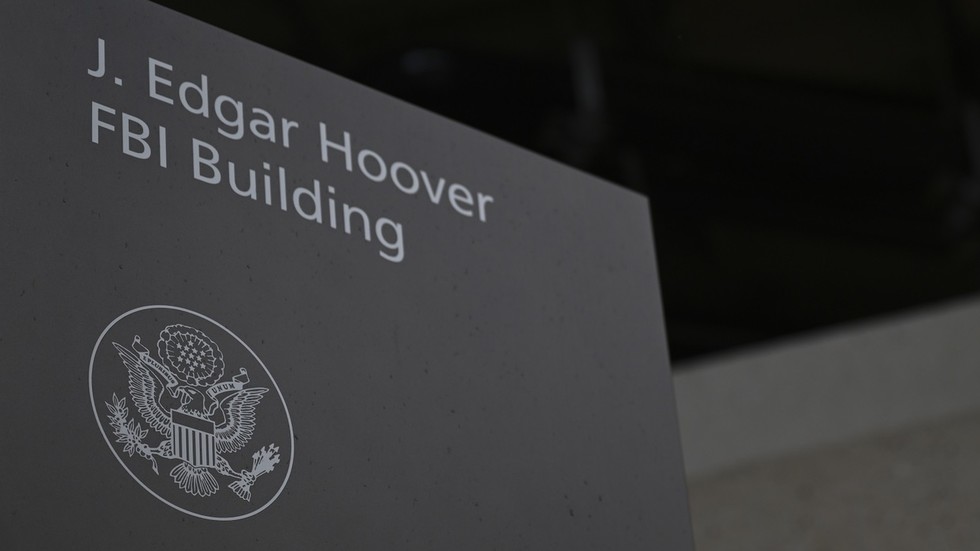The recent arrest of a CIA official, Asif William Rahman, has reignited concerns about national security and intelligence leaks. Rahman was apprehended in Cambodia and is set to face court proceedings in Guam. The allegations stem from his purported disclosure of classified documents related to Israel’s military operations against Iran. Specifically, these leaked documents, believed to have originated from the National Geospatial-Intelligence Agency (NGA), detailed Israel’s strategic military movements and preparations for long-range strikes in retaliation to a prior attack by Iran. These leaks were significant enough to be shareable among the ‘Five Eyes’ intelligence alliance, which includes Australia, Canada, New Zealand, the United Kingdom, and the United States, highlighting the severity of the breach in intelligence security.
The context of these leaks is crucial to understanding their implications. The escalation in hostilities between Israel and Iran, marked by Israel’s significant military response to an Iranian attack on October 26, set the stage for the exposed plans. This conflict was fueled by a series of retaliatory assaults, particularly after the Iranian government accused Israel of orchestrating the assassinations of key pro-Palestinian militant leaders on Iranian soil. The backdrop of these events was further complicated by Israel’s military operations in Gaza in response to incursions by Hamas and ongoing skirmishes with Hezbollah, indicating a broader regional tension that has far-reaching consequences.
Rahman’s position as a CIA official granted him top-level security clearance for sensitive compartmented information, making his alleged actions particularly alarming. Federal court documents revealed that he was charged with two counts of willful transmission of national defense information. The investigation, confirmed by the FBI, underscores the agency’s focus on maintaining the integrity of sensitive intelligence amidst ongoing global conflicts. Such breaches not only pose a risk to national security but also undermine international relations, especially between the United States and its allies in the region.
In the broader context of intelligence security, Rahman’s case mirrors the recent sentencing of former US Air National Guardsman Jack Teixeira, who received 15 years in prison for leaking classified information about the Ukraine conflict. Teixeira’s leaks, which also fell under the Espionage Act, serve as a reminder of the growing complexities and risks associated with the digital sharing of sensitive information. Both cases reflect ongoing challenges within the intelligence community as they grapple with the realities of information security in an age where leaks can occur rapidly and anonymously, potentially altering the course of military and diplomatic actions.
The leaks that emerged from Rahman’s alleged actions raise critical questions about oversight and the measures in place to prevent such incidents from occurring in the future. As the geopolitical landscape becomes increasingly charged, particularly in the Middle East, the implications of these security breaches extend beyond individuals and could affect national strategies and operations. The FBI’s investigation is likely to prompt a reevaluation of protocols regarding access to sensitive information to safeguard against similar disclosures in the future.
In conclusion, the arrest of Asif William Rahman highlights ongoing vulnerabilities in the intelligence community amid rising tensions around the world, particularly between Israel and Iran. As national security becomes more intertwined with global political dynamics, understanding the ramifications of intelligence leaks becomes imperative. The interplay between military strategies, historical conflicts, and modern technology illustrates the delicate balance that intelligence agencies must maintain. As legal proceedings unfold in Rahman’s case, the repercussions are likely to echo throughout the intelligence and military sectors, affecting both domestic and international relationships.

